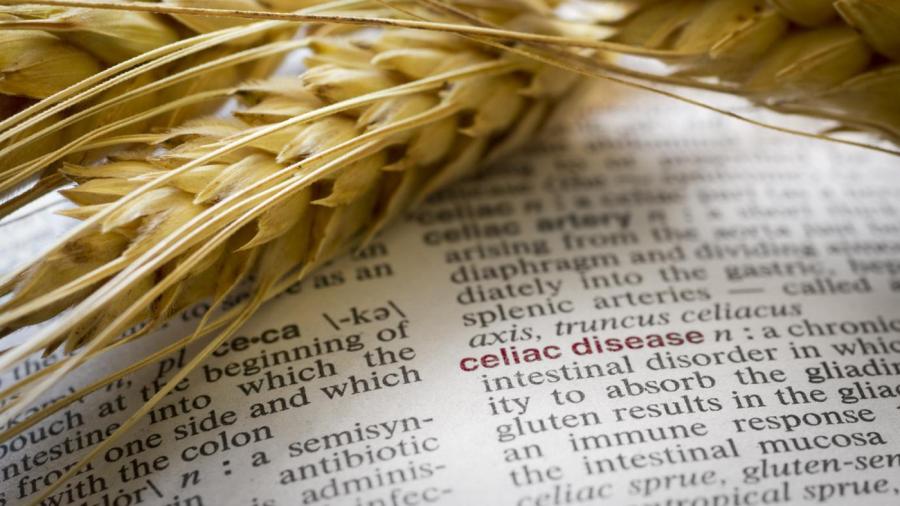What Are Some Symptoms of Wheat Allergy?

Symptoms of an allergic reaction to wheat include swelling, itching or irritation of the mouth, skin rashes, nasal congestion, headaches, vomiting, intestinal cramping, diarrhea and, in severe cases, anaphylaxis, according to the Mayo Clinic. These symptoms can occur minutes to hours after eating foods containing wheat. In people with a wheat allergy, any exposure to wheat or its proteins creates an immune system reaction ranging from mild to severe.
According to the Mayo Clinic, a family history of food allergies increases the risk of someone developing an allergy to wheat, as well as to other foods. Wheat allergies are most common in children, although the allergies are typically outgrown as the child ages. Tests to determine a wheat allergy include skin testing and blood testing. Keeping a food diary that tracks the foods eaten and symptoms, as well as performing an elimination diet and food-challenge testing can also help to identify wheat allergies. About.com notes that a wheat allergy is sometimes referred to as a gluten allergy. However, being allergic to wheat may not involve gluten, which is why it’s important to get a firm wheat allergy diagnosis.
The best treatment for a wheat allergy is to avoid foods containing wheat, according to the Mayo Clinic. However, wheat is present in many foods, and in some cases, drugs may be necessary to prevent adverse reactions. Antihistamines are effective in treating mild allergies to wheat, and more serious allergies require epinephrine to prevent anaphylaxis.
Coping with a wheat allergy is very challenging, according to the American College of Allergy, Asthma and Immunology. Wheat is an ingredient in numerous food products. In addition to cereals, crackers and pasta, wheat may also be found in foods such as hot dogs, ice cream and sauces. Nonfood products containing hidden wheat include bath products, children’s nontoxic dough and cosmetics.





